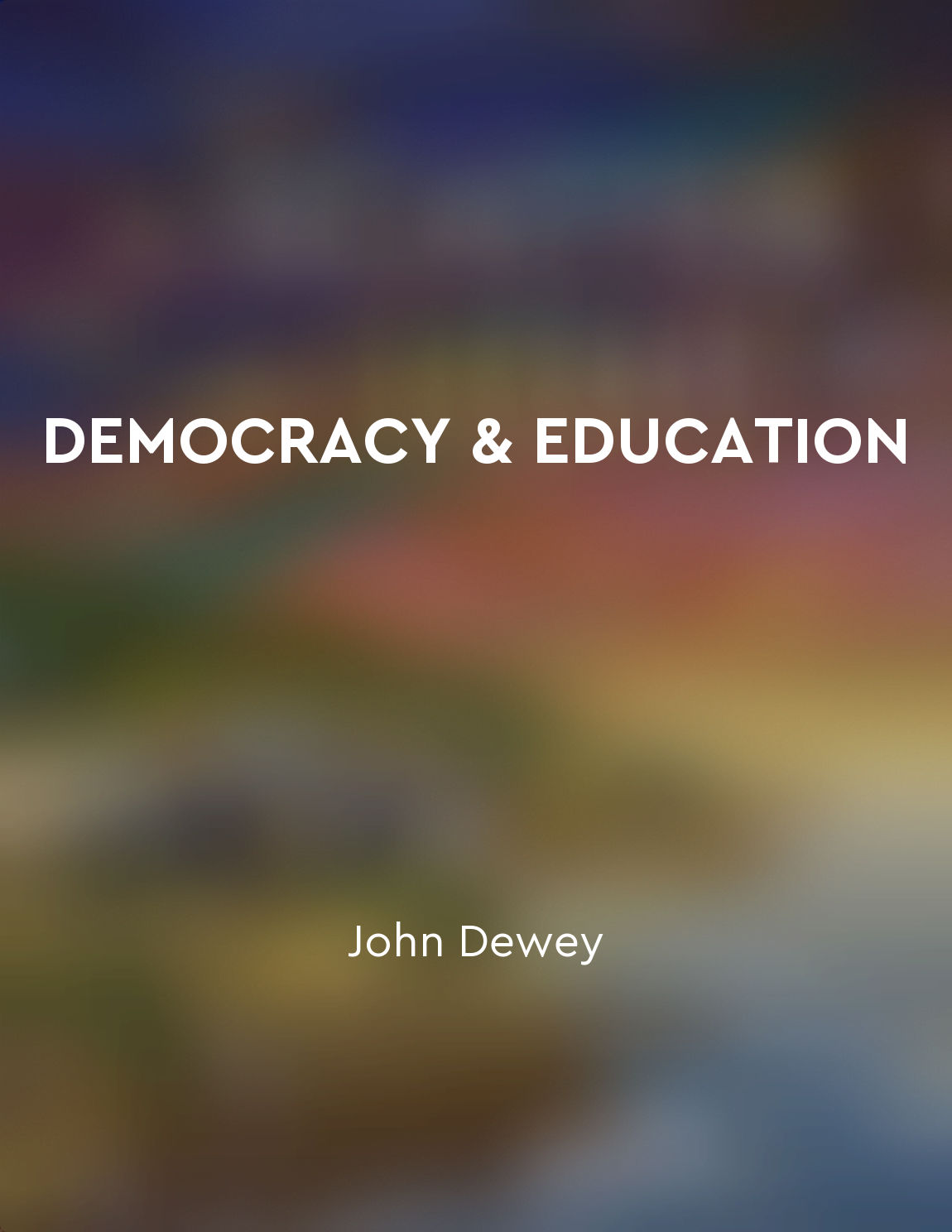School segregation remains a reality from "summary" of Schools and Society: A Sociological Approach to Education by Jeanne H. Ballantine,Joan Z. Spade
School segregation remains a reality in the United States, despite efforts to promote integration in schools. While the landmark Supreme Court case Brown v. Board of Education in 1954 declared segregation unconstitutional, many schools today are still largely segregated along racial and socioeconomic lines. This segregation can take various forms, such as racial isolation within schools or disparities in educational resources between schools in different neighborhoods. One reason for the persistence of school segregation is residential segregation, as neighborhoods are often divided along racial and economic lines. This can lead to schools in these areas reflecting the demographics of the surrounding neighborhoods, resulting in segregated schools. Additionally, tracking and ability grouping within schools can further perpetuate segregation by segregating students based on academic performance, which often correlates with socioeconomic status. Despite efforts to promote diversity through busing programs or magnet schools, these initiatives have had limited success in achieving meaningful integration. Resistance from parents, logistical challenges, and lack of political will have hindered efforts to fully integrate schools. Additionally, the rise of charter schools and school choice policies has further exacerbated segregation by allowing families to self-segregate based on their preferences. Furthermore, the unequal distribution of resources and funding among schools has perpetuated segregation by creating disparities in educational opportunities. Schools in low-income neighborhoods often lack adequate resources, experienced teachers, and extracurricular activities compared to schools in more affluent areas. This perpetuates a cycle of inequality, where students from disadvantaged backgrounds are further marginalized in under-resourced schools.- School segregation remains a complex and persistent issue in the United States, with various factors contributing to its continued existence. Addressing this issue requires a multifaceted approach that addresses not only the segregation within schools but also the underlying structural inequalities that perpetuate segregation. Only by understanding and addressing these factors can we work towards creating more equitable and integrated school environments.
Similar Posts
Maintaining hope in the face of adversity
The struggle for liberation is a difficult and arduous one. It is a constant battle against a system that seeks to oppress and ...

Education should prepare students for democratic participation
The purpose of education is not simply to impart knowledge and skills, but to cultivate the habits and dispositions necessary f...

Racial discrimination in America
The problem of the twentieth century is the problem of the color line. It is the most significant issue facing America today - ...
Economic fallacies in politics
Economic fallacies in politics often stem from a misunderstanding of basic economic principles. One common fallacy is the belie...
Journey towards spiritual enlightenment and inner peace
The journey towards spiritual enlightenment and inner peace is not an easy one. It is a path filled with challenges, obstacles,...
Promote inclusive teaching practices
Promoting inclusive teaching practices involves creating learning environments where all students feel valued, respected, and s...
Promote equity and fairness
Promoting equity and fairness involves creating a level playing field where everyone has an equal opportunity to succeed. It me...
Shirley Chisholm was the first black woman in Congress
Shirley Chisholm made history when she became the first black woman to serve in the United States Congress. This groundbreaking...

Childhood in segregated South
Growing up in the segregated South was a harsh reality for many black children, including myself. From a young age, we were tau...

Influence of immigration on class dynamics
The impact of immigration on class dynamics is a complex and often contentious issue in contemporary society. The influx of imm...

